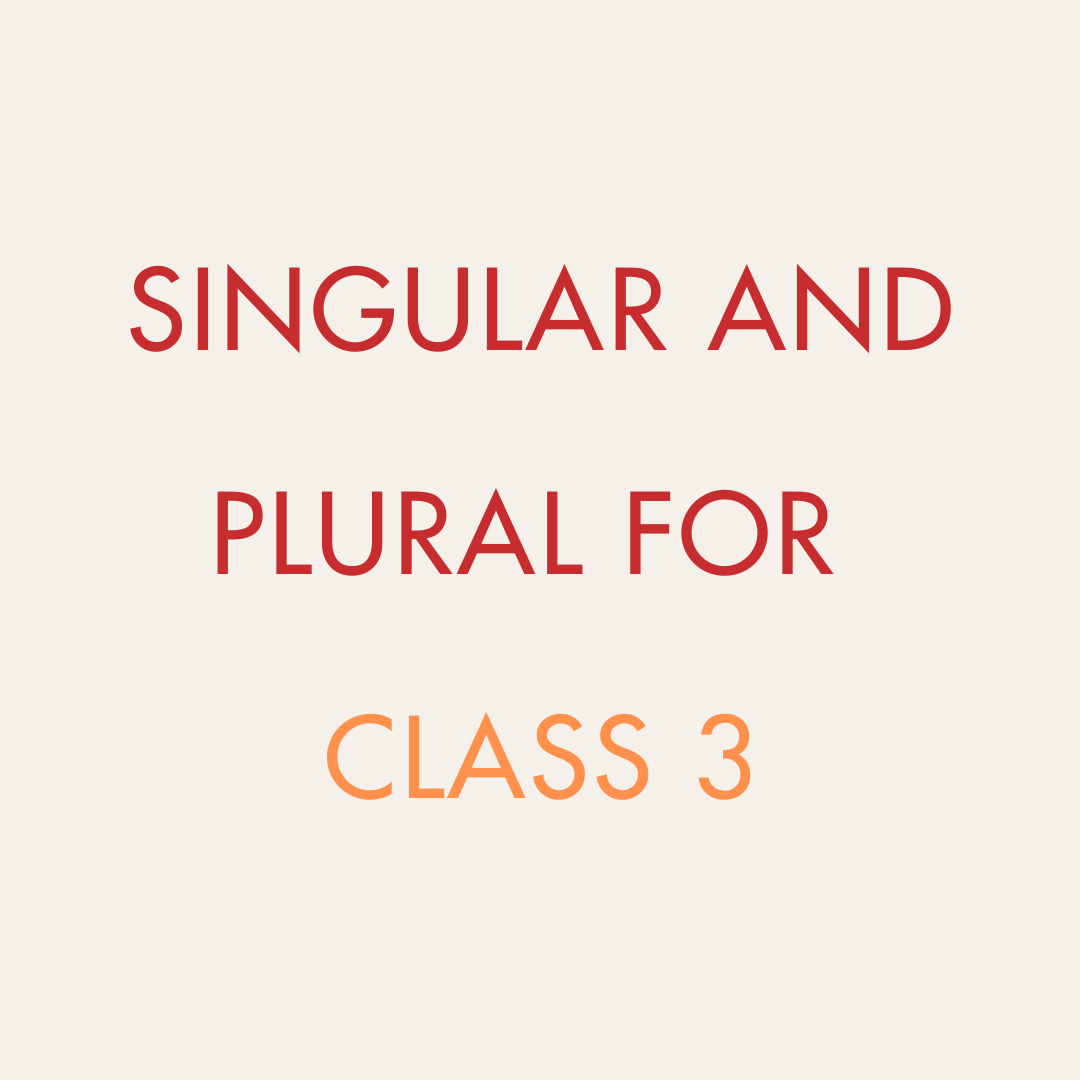Understanding singular and plural for class 3 is an essential part of grammar for students. This article provides a comprehensive overview of singular and plural concepts, worksheets, charts, exercises, and sentences designed for young learners.
Defining Singular and Plural for class 3
Singular
A singular noun refers to one person, place, thing, or idea. It represents a single entity. For example, “cat,” “book,” and “tree” are singular nouns.
Plural
A plural noun refers to more than one person, place, thing, or idea. Plurals often have an added “s” or “es,” but there are many variations. Examples include “cats,” “books,” and “trees.”
Singular and Plural Worksheets for Class 3 with Answers
Singular and Plural Worksheets for Class 3 with Answers are a great way to practice. Below are some sample exercises:
Singular Plural Worksheet 1: Changing Singular to Plural
Instructions: Convert the singular nouns to plural nouns.
- Dog – __________
- Bus – __________
- Box – __________
- Baby – __________
- Leaf – __________
Answers:
- Dogs
- Buses
- Boxes
- Babies
- Leaves
Singular Plural Worksheet 2: Fill in the Blanks
Instructions: Fill in the blanks with the correct plural form.
- One cat, two __________.
- One dish, three __________.
- One lady, four __________.
- One child, five __________.
- One mouse, six __________.
Answers:
- Cats
- Dishes
- Ladies
- Children
- Mice
Singular and Plural Chart for Class 3
Creating a chart helps students visualize the differences between singular and plural forms. Here’s a sample Singular and Plural Chart for Class 3:
| Singular | Plural |
|---|---|
| apple | apples |
| bench | benches |
| fox | foxes |
| baby | babies |
| man | men |
Singular and Plural Exercise for Class 3
Exercise: Matching Singular and Plural Forms
Instructions: Match the singular nouns with their correct plural forms.
- Child a) geese
- Goose b) children
- Tooth c) feet
- Foot d) teeth
- Mouse e) mice
Answers:
- Child – b) children
- Goose – a) geese
- Tooth – d) teeth
- Foot – c) feet
- Mouse – e) mice
Singular and Plural Sentences for Class 3
Example Sentences
- The cat is sleeping. (Singular)
- The cats are playing. (Plural)
- She has one pen. (Singular)
- They have several pens. (Plural)
- The child is laughing. (Singular)
- The children are playing. (Plural)
Singular and Plural Rules for Class 3
Understanding the Singular and Plural Rules for Class 3 is crucial. Here are some basic rules:
- Adding “s”: For most nouns, add “s” to make them plural (e.g., cat → cats).
- Adding “es”: For nouns ending in “s,” “sh,” “ch,” “x,” or “z,” add “es” (e.g., box → boxes).
- Changing “y” to “ies”: If a noun ends in a consonant followed by “y,” change “y” to “ies” (e.g., baby → babies).
- Irregular Plurals: Some nouns have irregular plural forms (e.g., man → men, mouse → mice).
- No Change: Some nouns remain the same in both singular and plural forms (e.g., sheep → sheep).
Conclusion – Singular and Plural for Class 3
Mastering singular and plural for Class 3 students by using worksheets, charts, and exercises, students can enhance their understanding and application of these grammar concepts. Regular practice with these resources will help students become more confident in their language skills.
